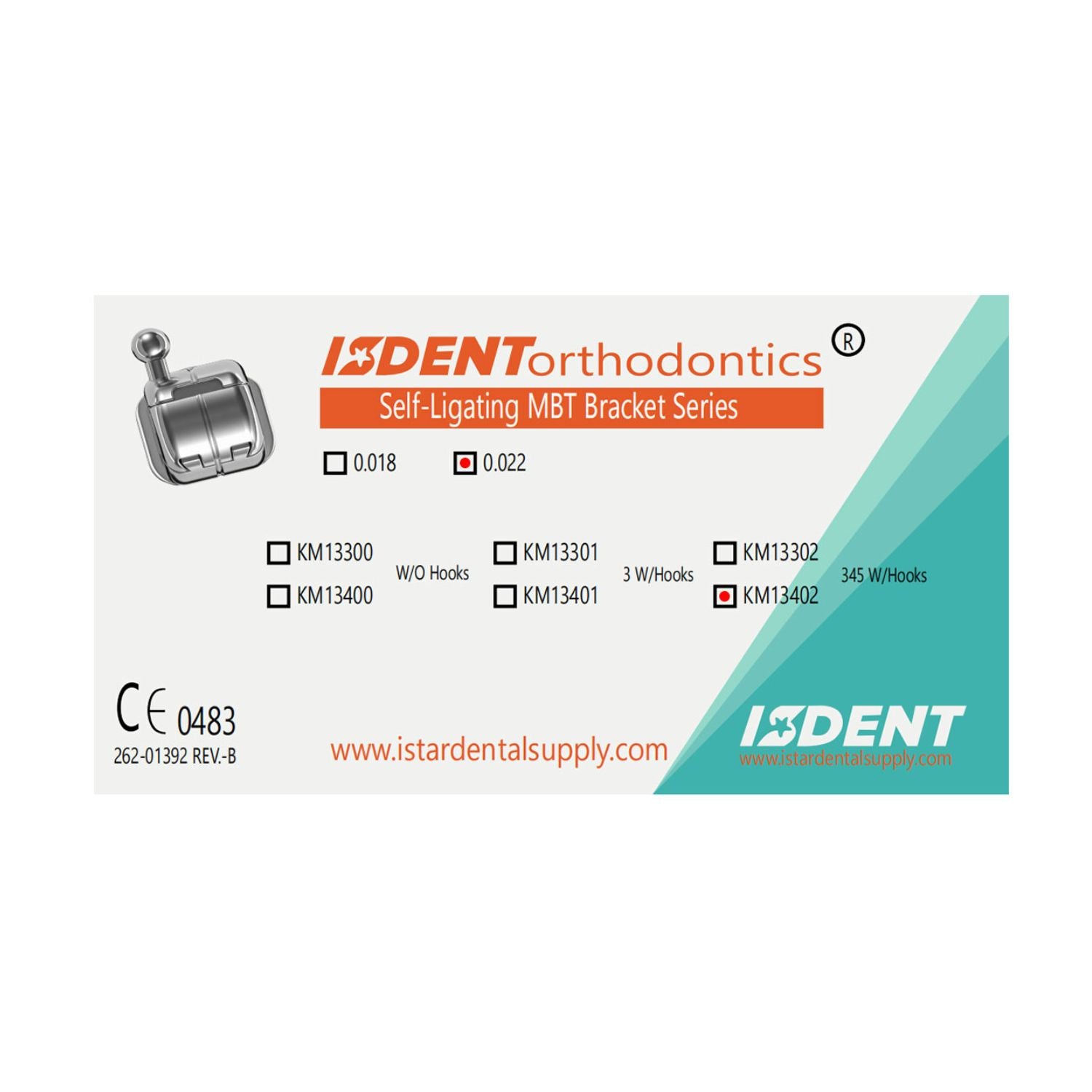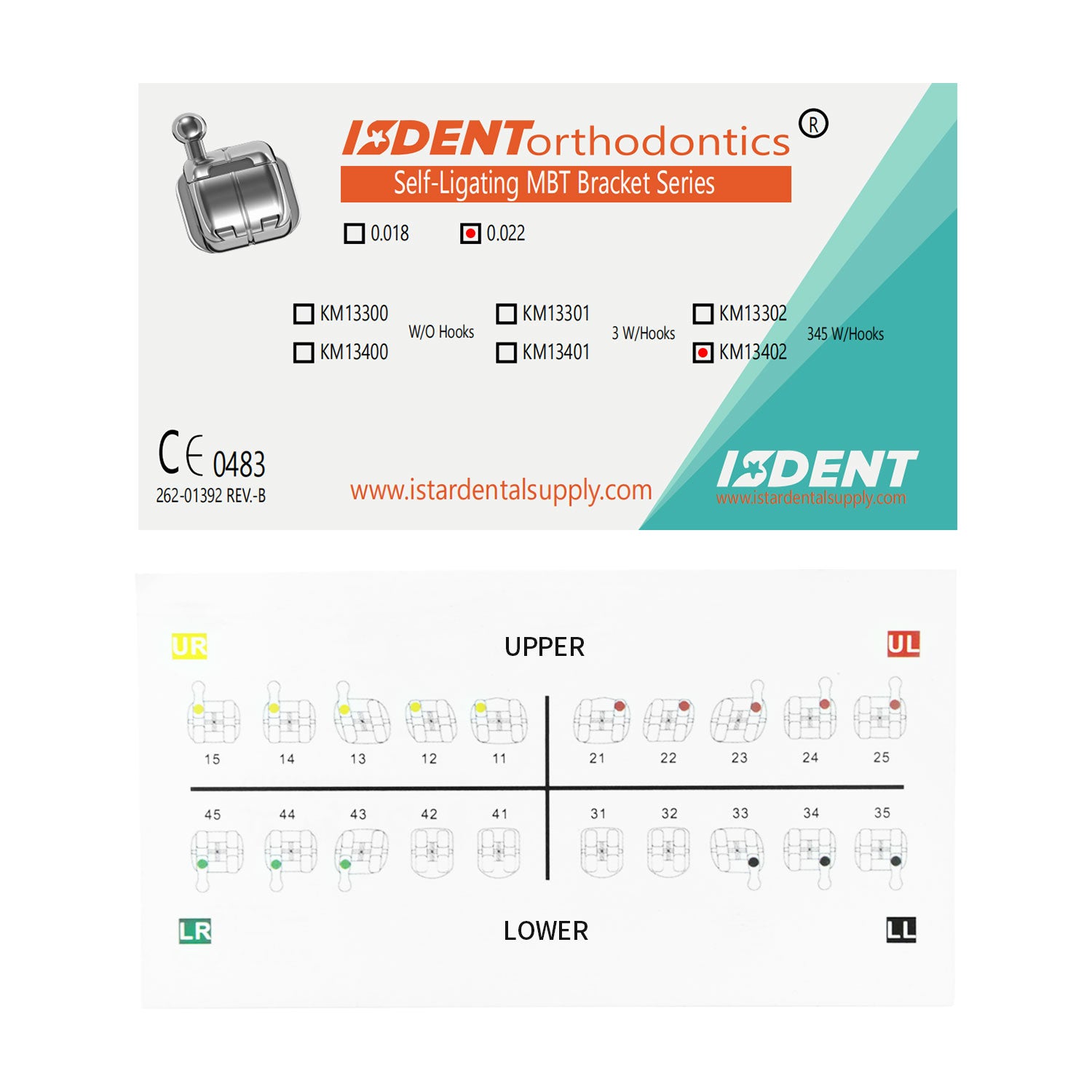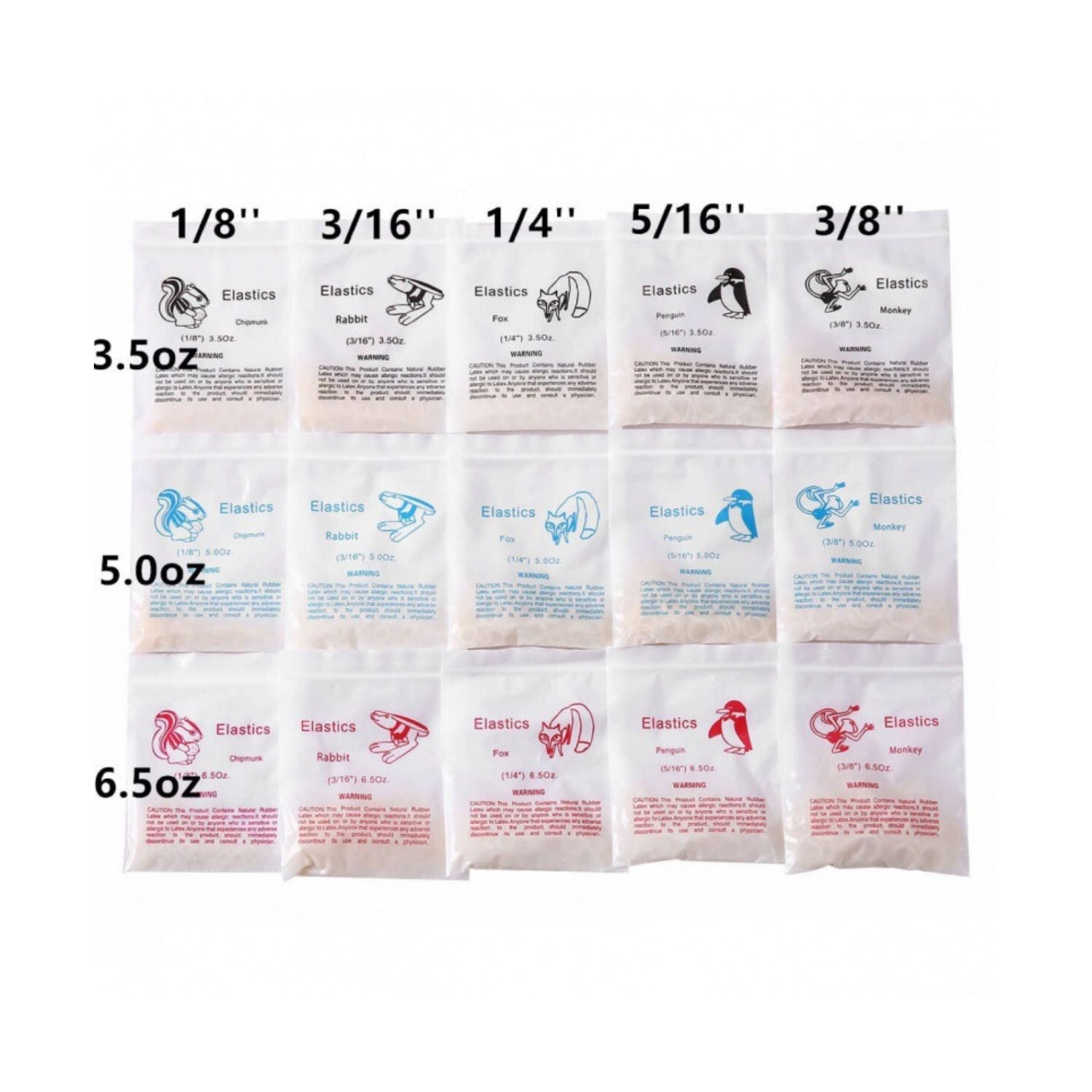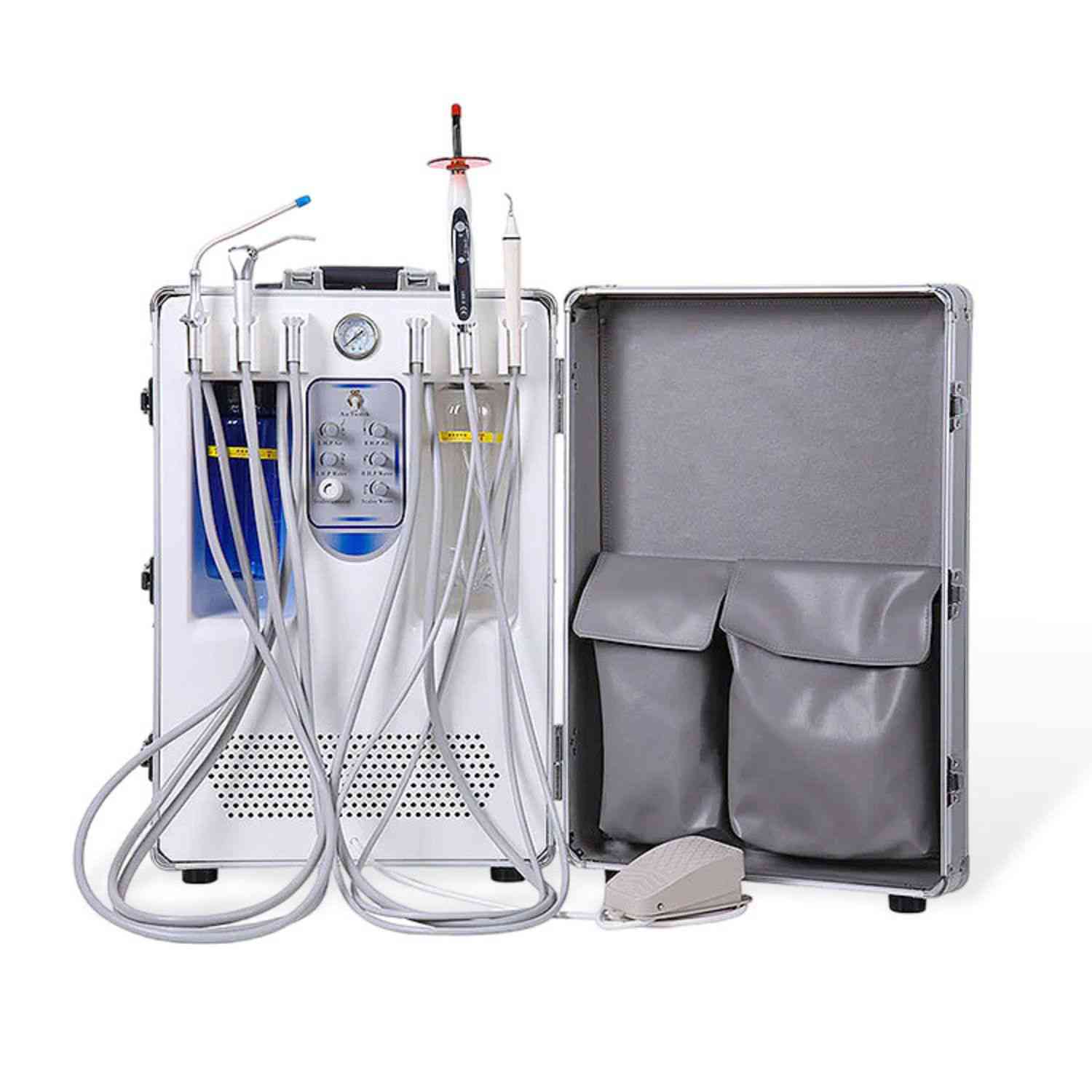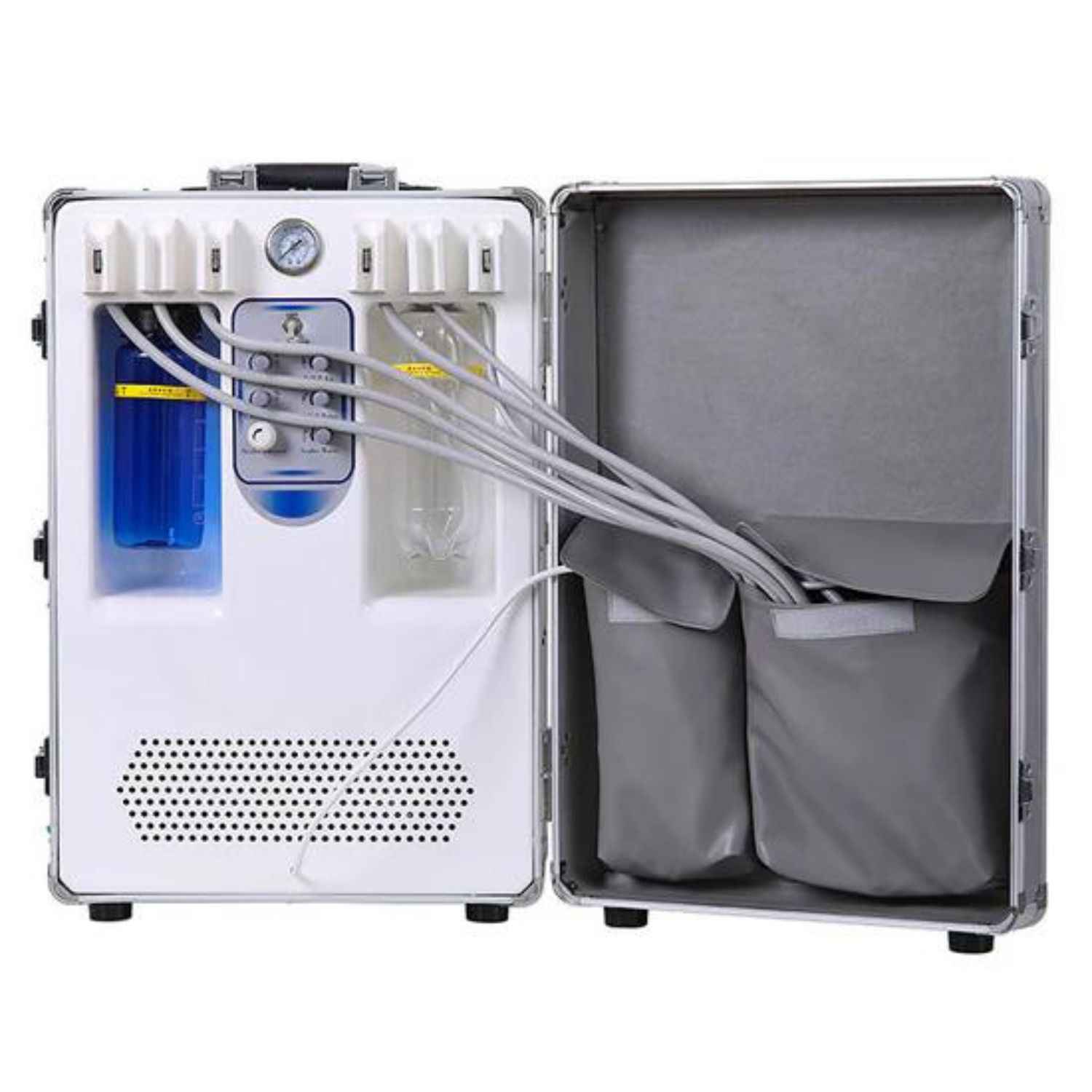What's the Real Dental 3D Printer Cost? A Look Beyond the Price Tag for Your Lab
The rise of digital dentistry and in-house 3D printing is not just a trend; it's a revolution. You might be looking at various 3D printers, wondering about the price. The sticker shock on some of these machines can be real. But the initial price tag is only one small part of the story. This article is for the dentist or lab owner who wants the real scoop. You will learn the total dental 3d printer cost, from the machine itself to the materials, software, and labor. By the end, you'll understand the full investment and be able to choose the right 3d print solution for your lab, saving you time and money.
Why Should Your Dentistry Practice Even Consider In-House 3D Printing?
Bringing a 3D printer into your dental practice changes all of that. The biggest reason to consider it is control. You control the timeline. A patient needs a surgical guide for an implant tomorrow? You can 3D print it overnight. This speed and efficiency improve patient care and satisfaction. It's a huge step forward for any modern dental practice.
The benefits go beyond speed. You also gain control over quality. When you 3D print your own models and appliances, you can ensure they meet your exact standards. This move towards in-house 3D printing also reduces your reliance on outside dental laboratories, which can significantly cut down on costs over time. Think about the money you spend each month sending cases out. Many of those costs can be brought back into your office. Investing in one of the many 3D printers on the market is an investment in the efficiency and profitability of your lab or clinic. It is a core part of digital dentistry.
What's the Initial Price Range for the Best Dental 3D Printers?
Let's get right to the big question: what will the printer will cost? The price of 3D printers for dental use can vary wildly. On the low end, you can find some desktop printers for a few thousand dollars. These are often targeted at hobbyists but have been adapted for dental use. On the high end, you’ll find professional-grade, high-precision 3D printers that can cost $20,000, $30,000, or even more. These are the expensive printers designed specifically for the demands of a busy dental clinic or lab.
So, what’s the difference? The upfront cost often reflects the printer's accuracy, speed, reliability, and the support that comes with it. Cheaper 3D printers might seem like a bargain, but they can come with a steep learning curve and may not produce consistent, clinically acceptable results. The higher price tag on professional models often includes installation, training for your dental team, and dedicated customer support. The purchase price is just the beginning. The best dental 3d printers are a complete package, and that's what you're paying for. Don't just look at the price of the printer; consider the total value.
How Does the Type of 3D Printing Technology Impact the Price?
Not all 3D printers are created equal. The technology inside the machine plays a huge role in its price and performance. Most 3D printers used in dentistry rely on a process where liquid resin is cured by a light source. The main 3D printing technologies you'll encounter are SLA (Stereolithography), DLP (Digital Light Processing), and LCD (Liquid Crystal Display), also known as masked SLA. These are all types of resin 3d printers.
SLA 3D printers use a laser to draw each layer of the 3D print. They are very accurate but can be slower. DLP 3D printers use a digital projector to flash an entire layer at once, which makes them much faster. DLP printers are very popular in dentistry. Then you have LCD 3D printing. These 3D printers use an LCD screen to mask UV light, curing a layer at a time, similar to DLP. LCD 3D printers are often more affordable, making them a good entry point. The type of 3d printer technology affects not just the price, but also the speed and detail of your 3d print jobs. The kind of 3d printers use a specific light source which is important for the resin you choose.
Are Expensive Printers Like the SprintRay Pro Worth the Investment?
Many dental professionals looking at a machine like the SprintRay Pro and wondering if the cost is justified. SprintRay is a big name in dental 3D printing, and for good reason. When you invest in a system like the SprintRay Pro, you are buying into an entire ecosystem designed for dentistry. This includes the printer, specialized dental resins, intuitive software, and a streamlined post-processing system. The printer make is known for its speed and reliability, allowing you to 3d print multiple dental models or appliances quickly.
These integrated systems take the guesswork out of the printing process. Many dental users who started with cheaper 3D printers and struggled with calibration, failed prints, and inconsistent results. They spent more time tinkering than printing. A system from a company like SprintRay is designed to work out of the box. The time you save on troubleshooting is time you can spend on patient care. So yes, for a busy lab or clinic that values efficiency and predictability, the investment in a proven dental 3d printer system from SprintRay can absolutely be worth it. These popular printers offer a better printing experience.
What About the Hidden Costs? The Post-Processing Workflow Explained.
After your model or appliance comes off the build platform of the dental 3d printer, it needs to go through a post-processing workflow. This involves two main steps: washing and curing. You have to budget for this part of the 3d printing system.
First, the 3D print needs to be washed to remove any uncured liquid resin from its surface. You can do this manually with isopropyl alcohol (IPA), but it's messy and inconsistent. Most professional setups include an automated wash station, which can add another thousand dollars or more to your initial cost. After washing, the 3D print is still not fully hardened. It needs to be cured with UV light to achieve its final strength and biocompatibility. A dedicated curing station ensures a proper, uniform cure. This post-processing equipment is essential for producing safe, high-quality dental appliances and is a key part of the workflow. Many printers will come with a package for this.
How Much Do Materials for a Dental 3D Printer Really Cost?
The dental 3d printer itself is a one-time purchase, but the materials are an ongoing cost. The lifeblood of these 3D printers is liquid resin. The cost of this resin can vary significantly based on its type and purpose. A standard model resin might cost around $150 to $200 per liter. However, specialized dental resins, like those used for creating biocompatible surgical guides or splints, can cost much more, sometimes over $400 per liter. A 3d print of a dental model might only use a small amount of resin, but the costs add up.
You also have to consider other consumable parts for your 3d printers. A key component is the resin tank, which holds the liquid resin during the printing process. These tanks have a limited lifespan and need to be replaced periodically. A new resin tank can cost anywhere from $50 to $200. Build platforms can also wear out over time. When you are calculating your cost per 3d print, you must factor in the price of the resin and the wear and tear on these consumable parts. This is why many dental clinics buy resin in bulk to save money.
Do You Need a Special Scanner to Complete Your Digital Dentistry Workflow?
A dental 3D printer is a powerful tool, but it doesn't work in isolation. It's one piece of a larger digital dentistry workflow. To create a 3D print, you first need a digital 3D file. This file is most often created using an intraoral scanner or a desktop lab scanner. If your dental office doesn't already have a scanner, this is another significant investment you need to plan for. A good intraoral scanner can cost anywhere from $15,000 to $25,000.
Once you have a scan, you'll need dental software to design the appliance or prepare the dental model for printing. Some 3D printers come with basic software, but for more complex designs like crowns, bridges, or a surgical guide, you may need to invest in specialized CAD (Computer-Aided Design) software. This complete workflow—from scanner to software to printer—is what truly unlocks the power of 3D printing in dentistry. The scanner is your starting point for every 3d print. The quality of your scanner will directly impact the quality of your final printed dental models.
What Kind of Dental Appliances Can a Single Printer Make?
One of the best things about investing in one of these 3D printers is their versatility. A single printer, paired with the right resins, can produce a wide range of dental applications. This is where you really start to see a return on your investment. You can 3d print highly accurate dental models for case presentation and planning. You can produce custom impression trays for a perfect fit every time. This is a great printing product to start with.
But it gets even more exciting. You can use your dental 3d printer to create clear aligner models, nightguards, and splints. With the right biocompatible resin, you can 3d print your own surgical guide for precise implant placement. Some advanced 3d printers and resins even allow for the creation of temporary crowns and dentures. The ability to produce all of these different dental appliances in-house with a single machine transforms the capabilities of your dental clinic or lab. This is the core of the dental 3d printing solution. You can go from a scan to a finished appliance in a day.
How Do You Choose the Right 3D Printer for Your Dental Lab?
With so many 3d printers on the market, how do you pick the right one? The first step is to honestly assess your needs. What do you plan to print most often? If you're mainly going to print models, your needs will be different than a lab that wants to produce a high volume of surgical guides. Your printing needs will guide your choice. Think about volume. How many items do you need to 3d print each day? Some 3d printers are built for speed and can handle printing multiple jobs at once.
Next, consider the entire workflow. Look for a dental 3d printer that offers an integrated system. Does the company provide easy-to-use software? Do they offer a matched washing and curing station? A seamless workflow will save you headaches. Getting started with 3d printing can be a challenge. A company that provides excellent training and responsive support is worth its weight in gold. Don't just buy a 3d printer; buy a partnership that will help your dental lab succeed in its journey into dental 3d printing. Choosing the right 3d printer for your dental lab is about more than just technology; it's about finding the right partner.
Navigating the Landscape of Dental 3D Printing: What's Next?
The landscape of dental 3d printing is constantly changing. The technology is getting faster, more accurate, and more affordable every year. New dental resins are being developed that expand the range of dental indications we can treat with 3d printed dental appliances. We are at a thrilling time in the 3d printing industry. What was once only possible in large dental laboratories is now accessible to smaller dental clinics, thanks to affordable and reliable desktop printers.
We will see more automation, smarter software powered by AI, and an even wider array of materials. For any dentist or lab owner, staying informed about these changes is key. The investment in 3d printers today is an investment in the future of your practice and your ability to provide the best possible dental care. The 3d printer market will continue to grow, and embracing this dental technology will keep your lab or clinic at the forefront of the dental market.
Key Takeaways to Remember:
-
Look Beyond the Sticker Price: The total cost of a dental 3D printer includes the machine, post-processing equipment (wash and cure stations), materials (resin), software, and training.
-
Workflow is Everything: A seamless workflow from a digital scanner to the final cured appliance is crucial for efficiency. An integrated system from a reputable brand like SprintRay can save you time and frustration.
-
Materials Matter: The ongoing cost of resin is a major factor. Specialized, biocompatible resins cost more but are necessary for printing items like a surgical guide or splint.
-
Don't Forget Consumables: Factor in the replacement costs for items like the resin tank and build platform when calculating your long-term expenses for your 3d printers.
-
Versatility Drives ROI: A single 3d printer can produce a huge variety of dental appliances, from models and trays to guards and guides. This versatility is what makes it a smart investment for your lab.
-
Support is a Priority: When you are new to 3d printing, good training and customer support are invaluable. Choose a company that will partner with you for success.




